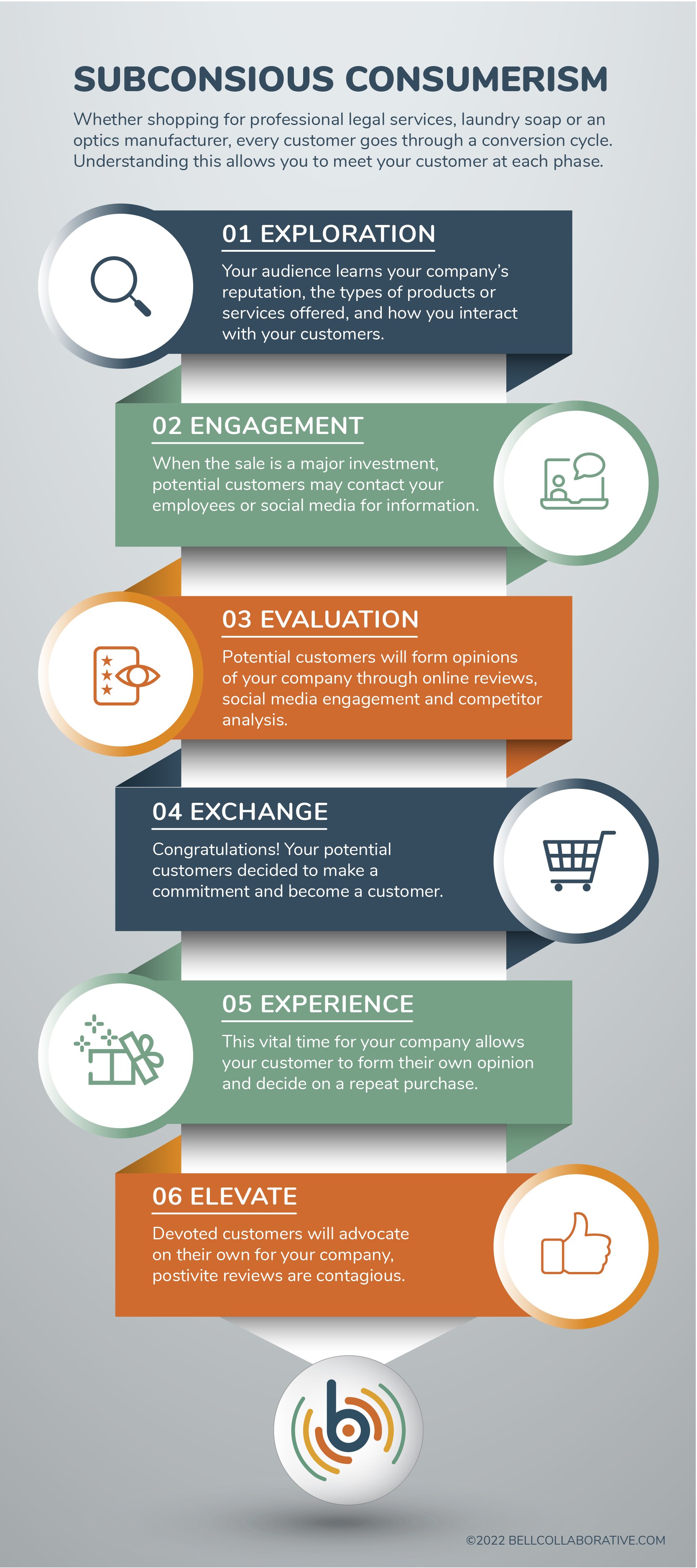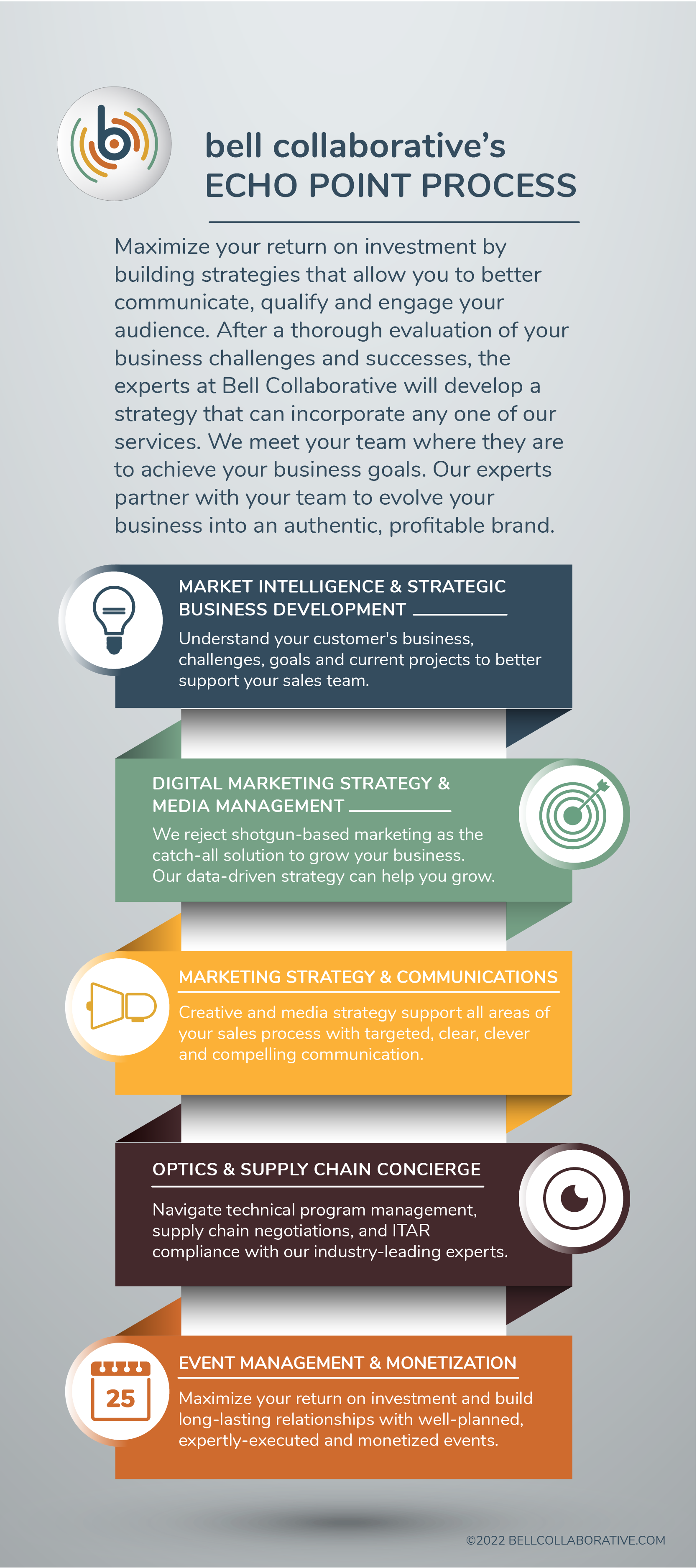Business Intelligence in a Data-Driven World
- Brian Vislosky
What Business Intelligence is Not
Before discussing what business intelligence is, it is important to establish what business intelligence is not. Business intelligence is not the exclusive domain of IT or finance. It is not raw data or financial statements. While it can tie to financial statements and come from the raw data that IT controls through its applications and databases, business intelligence transcends these things into something more.
Not too long ago, business intelligence looked entirely different than it does today. In the past, the data consumer, perhaps a person in charge of business development, would have to think of a report they would want, submit their requirements to the IT or finance departments, and then wait, maybe for months, to get data back, and this was only the first step. In the best-case scenario, the report has everything that the business development person wants, but then the data needs to be interpreted or background explained. The cycle repeats itself. Months will go by with people asking for information and making decisions while chasing the intelligence they really need.
What Business Intelligence Is
Business intelligence today is the widespread democratization of data. It is the empowering of the end users, the decision makers, the front-line workers with information that they need to do their jobs smartly. Business intelligence today is more efficient, data-driven, and faster. It is the science of getting data into the end-user or consumer’s hands in an easily digestible format, often dominated by visuals like graphs or data sets. The tools responsible for this revolution are stalwarts, such as Microsoft’s Power BI, Tableau, or ThoughtSpot. These tools do the Extracting, Transforming, and Learning (ETL), so that the end user simply needs to read and react to the information they are given. IT and finance no longer have a monopoly over the data.
The Business Intelligence Revolution
Not only is business intelligence today more efficient, data-driven, and democratic, allowing readers to read and react, business intelligence is now predictive. While interesting, the old read and react data from the past was not especially helpful. It was like if the navigation system in a car could only give a detailed report on how to get to a destination after arriving there.
Now business intelligence can provide turn-by-turn directions to get people to their destinations with a relatively accurate estimate of arrival time. The future of business intelligence promises analytics that consider traffic patterns, construction, and accidents.
It does not stop there. The revolution in business intelligence shows no signs of slowing down. The future is not just a report of what happened or the reasons for the result, but also a clearer path towards achieving next year’s desired goals.



